Creating a Cutting Garden |
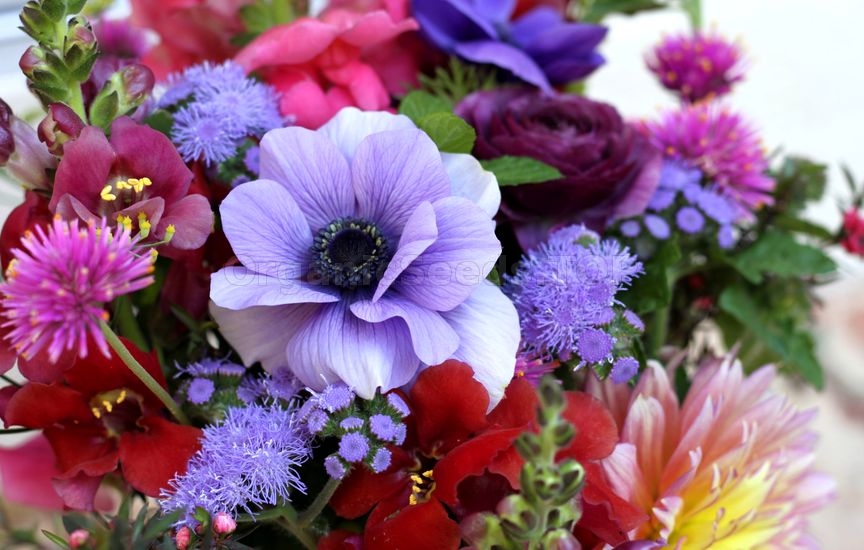 To cut or not to cut: One dilemma that I have had each summer is whether to cut my flowers for indoor use or leave the flowers in the garden for the lovely display. I enjoy filling my house with fresh bouquets and giving flowers away to friends, but sometimes it is difficult to bring myself to cut the flowers. This has been a common dilemma that dates back through the generations. In the Victorian era, the simple solution to growing flowers for indoor use was to plant a cutting garden, and even to today, cutting gardens are very popular with many gardeners. A cutting garden is made of annuals, perennials and bulbs that are especially good for cutting and lasting in the vase. The design of a cutting garden is very simple; you don’t have to be concerned about whether the flower colors complement each other or if the design is “correct.” This garden is to be filled with flowers and foliage that are your favorites for arranging. Location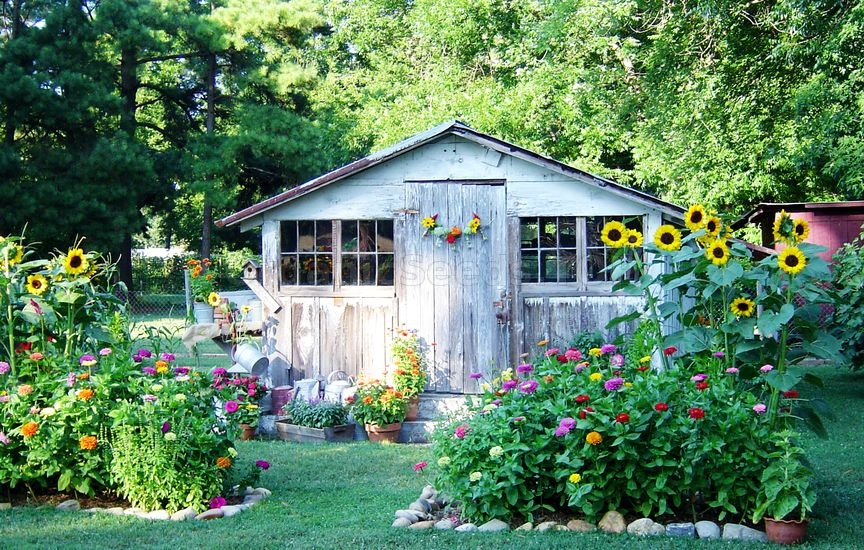 Pick a location that is sunny, receiving at least 6 hours of sun each day and that drains well. If possible, locate the garden within reach of a hose, as it will most likely need supplemental watering. The cutting garden can be an addition onto the vegetable garden, tucked away in a sunny corner, or blended in with the landscape. Work the soil and add compost before any planting takes place. Choose the Design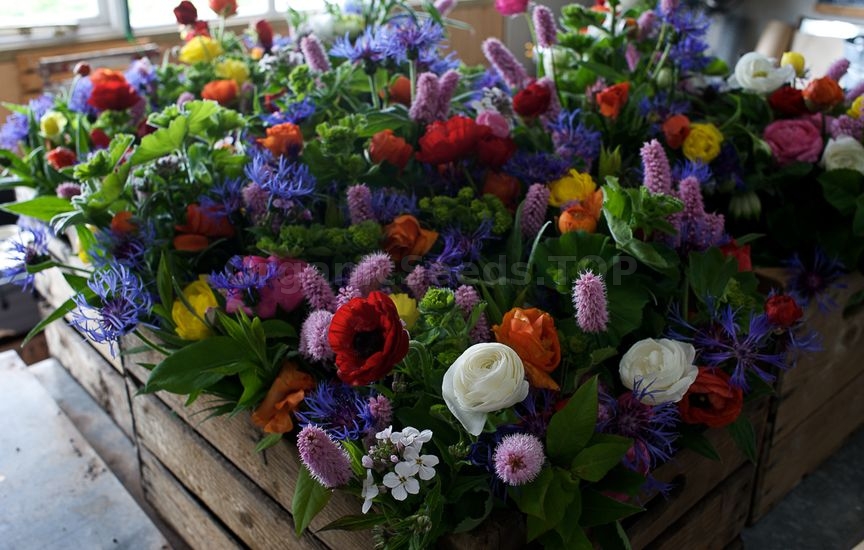 Design of the cutting garden usually follows two common methods:
With either of the two designs, group the flower species together to utilize space, to make it easier for cutting, and to make maintenance easier. Group flowering plants with similar requirements for sun, water, fertilizer, etc. together. Take care that the taller varieties do not create shade for shorter flowers.
Maintenance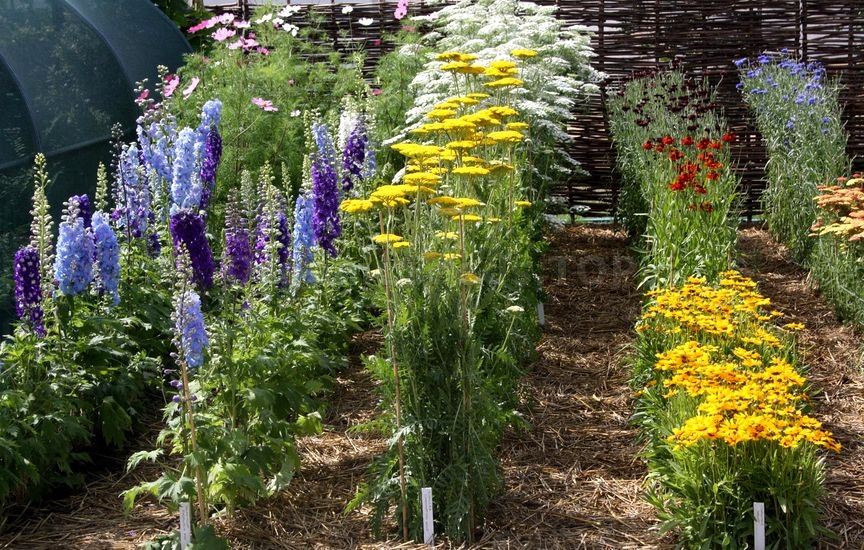 Heavy blooming flowers need nutrition. Before planting, add a slow-release fertilizer to the soil. The slow-release fertilizer will provide consistent nutrients throughout the blooming season. During the heaviest blooming, use a liquid fertilizer application periodically.
To help control weeds and for water retention, spread 2 inches, or so, of mulch around the young plants when they have reached several inches in height. The flowers will require about an inch of water each week. Regular cutting promotes flower production and keeps the flowers blooming throughout the summer. Deadheading spent flowers prevents them from forming seeds, which slows down the blooming. While regularly cutting, check for insect pests, such as aphids that may cause damage. When the blooming slows and the plants are finished, pull the plants, work the soil and replant with new seedlings. For example, a flower that provides early season color, such as pansy, can be replaced with zinnias that will perform until frost arrives in the fall. Plant Suggestions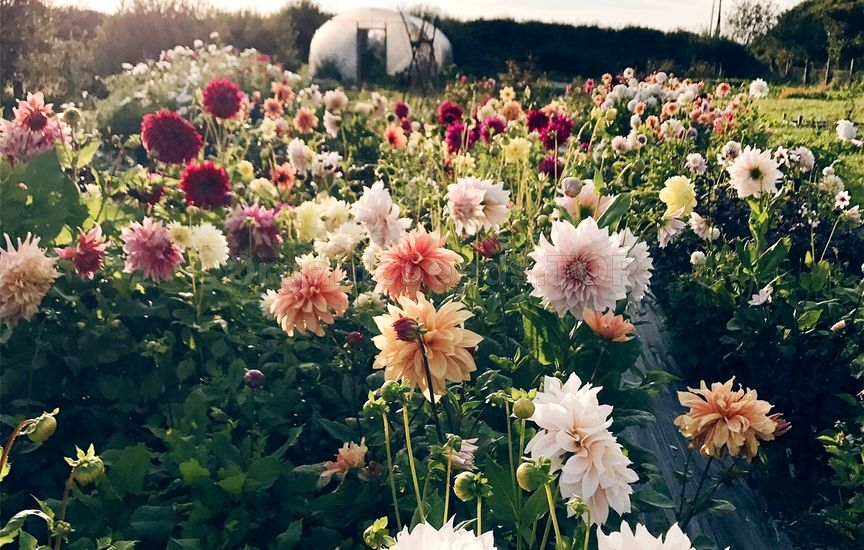 The choices are nearly limitless, but as a rule, long-stemmed flowers are the best for cutting. Make sure that there are some foliage plants that will add texture and contrast to flower arrangements.
How to get the most from your cut flowers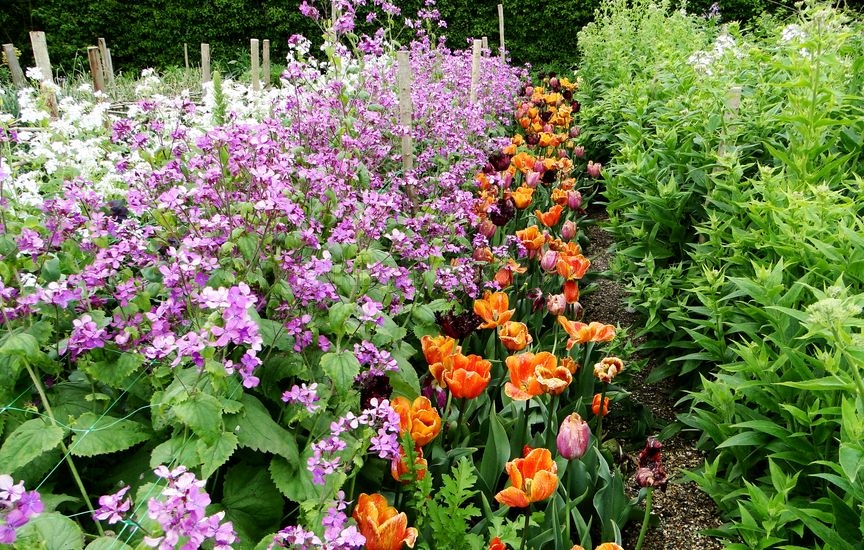
Each year you can try new flowers and discover how they perform both in the garden and in the vase. The choices are nearly limitless! You may need:Flower seeds |
|
|
